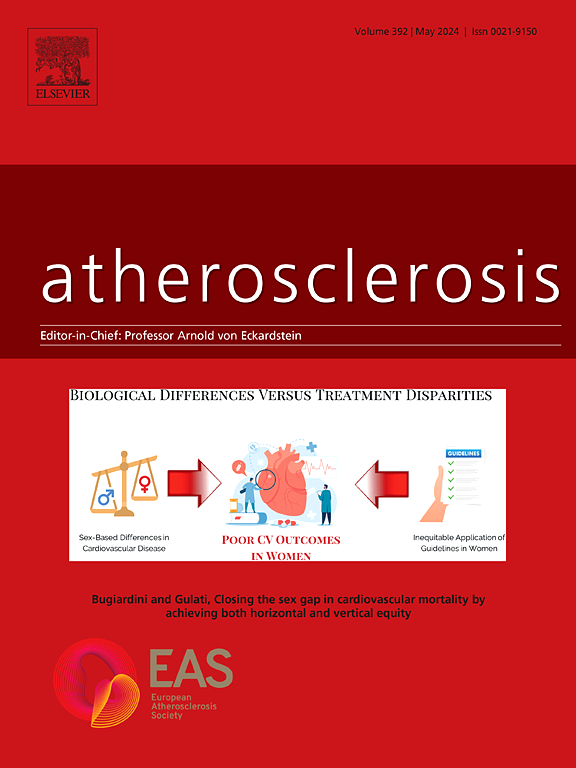Caveolin-1-mediated LDL transcytosis across endothelial cells in atherosclerosis
IF 4.9
2区 医学
Q1 CARDIAC & CARDIOVASCULAR SYSTEMS
引用次数: 0
Abstract
Atherosclerosis is widely recognized as a chronic inflammatory disease of the arterial wall characterized by the progressive accumulation of lipids, inflammatory cells, and fibrous material in the subendothelial space of large arteries. The occurrence and pathogenesis of atherosclerosis are intricately linked to the deposition of low-density lipoprotein (LDL) in the arterial wall. LDL must cross the intact endothelium to reach the subendothelial space, with caveolin-1 assuming a crucial role in this process. Caveolin-1 is a 21–24 kDa membrane protein located in caveolae and highly expressed in endothelial cells. Previous investigations have demonstrated the pivotal role of caveolin-1 in fostering atherosclerosis through its modulation of membrane trafficking, cholesterol metabolism, and cellular signaling. However, how caveolin-1 regulates LDL transcytosis across endothelial cells in atherosclerosis remains unclear. We provide a comprehensive overview of recent research on the interplay between caveolin-1 and atherosclerosis, with a specific focus on elucidating the role of caveolin-1 in mediating LDL transcytosis across endothelial cells. This review furnishes theoretical foundations supporting the pivotal role of caveolin-1 in both the inception and progression of atherosclerosis. It underscores the prospective viability of caveolin-1 as a new therapeutic target for atherosclerosis and introduces novel perspectives for treatment strategies in the early stages of atherosclerosis.

求助全文
约1分钟内获得全文
求助全文
来源期刊

Atherosclerosis
医学-外周血管病
CiteScore
9.80
自引率
3.80%
发文量
1269
审稿时长
36 days
期刊介绍:
Atherosclerosis has an open access mirror journal Atherosclerosis: X, sharing the same aims and scope, editorial team, submission system and rigorous peer review.
Atherosclerosis brings together, from all sources, papers concerned with investigation on atherosclerosis, its risk factors and clinical manifestations. Atherosclerosis covers basic and translational, clinical and population research approaches to arterial and vascular biology and disease, as well as their risk factors including: disturbances of lipid and lipoprotein metabolism, diabetes and hypertension, thrombosis, and inflammation. The Editors are interested in original or review papers dealing with the pathogenesis, environmental, genetic and epigenetic basis, diagnosis or treatment of atherosclerosis and related diseases as well as their risk factors.
 求助内容:
求助内容: 应助结果提醒方式:
应助结果提醒方式:


